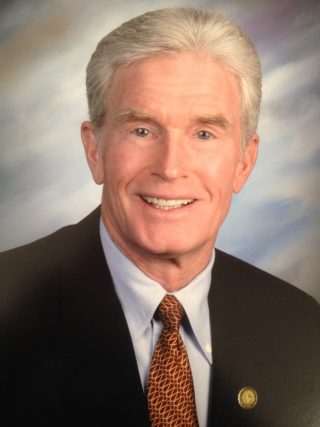HOME | ABOUT US | MEDIA KIT | CONTACT US | INQUIRE
HOME | ABOUT US | MEDIA KIT | CONTACT US | INQUIRE
GDP rose 6.5% in the still recovering second quarter, below the 8.4% consensus, but above its pre-pandemic peak in Q4 2019. Notably, declining inventories shaved 1.13 percentage points off GDP growth. This was not as much as the 2.62 inventory detraction in the first quarter, but still significant. Businesses continue depleting inventories as they struggle to meet demand. Overall, despite the two-percentage point miss against consensus, this report shouldn’t sway anyone’s view of the recovery. Consumers keep on spending their unusually high level of savings and cash availability, and businesses are spending to try to keep up with them.

Consumer spending rose 11.8%, propped up by the March stimulus as well as the economy’s reopening. There was likely some pent-up demand at play here as well, as newly vaccinated consumers rushed out to movie theaters and on vacations that eluded them during the pandemic. Anchored by the fall of pandemic restrictions and exposure fears, spending on services increased 12.0%! Still, the 10.9% personal savings rate continues to be incredibly high by historical standards. This should keep household spending robust even when stimulus fades.
Annual revisions to GDP don’t seem to have shifted the narrative much. The BEA notes that growth between Q4 2009 and Q4 2019 still averaged an annual rate of 2.3%, followed by a real GDP decrease of 19.2% between Q4 2019 and Q2 2020. Since then, the magnitude and composition of the recovery doesn’t appear to have been revised dramatically compared to previous estimates. Real GDP is now above its pre-pandemic peak in Q4 of 2019. Consumers kept increasing their spending in Q2, but businesses can’t keep up. Firms continue drawing down inventories as they struggle to increase capacity. Rapid price increases are also adding a reality check to the fast growth of nominal GDP.
Last year inflation plunged during the lockdowns, then quickly rebounded (except in transportation, live entertainment and hospitality sectors). In 2021 continued lockdowns caused shortages at the same time that federal aid supported and generated strong demand, combining to create the worst inflation in decades. Year on year rates for the CPI, PPI and PPE deflator are expected to remain ugly for months! But monthly inflation increases seem to already be moderating. Asked why the Fed is not tightening to fight this significant inflation, Jay Powell explained that it does not make sense for the Fed to remove accommodation (to pull inflation back down) when most forecasters agree that inflation should modify on its own. While the data suggests this moderation is already underway, we will still need to wait and see if the ongoing unusually high cash liquidity combined with limited availability of many products (such a new and used vehicles) will allow overall price increases to moderate.
Annual revisions in recent reports didn’t significantly change Wall Street’s view of the magnitude and composition of the recovery. Despite the miss against consensus forecasts, my colleagues on Wall Street don’t expect this to significantly change the outlook for the Fed. The recent FOMC statement acknowledges the economy has made progress towards the goals needed to modify its asset purchases, but gives no clarity on what that timeline will look like. Wall Street and investors continue to size up comments from Jerome Powell after the Fed concluded its two-day meeting (on July 28) by keeping interest rates in a target range between zero and 0.25%. No move was made on asset purchases, and while the economy is “making progress” toward its goals, it apparently has a way to go before the central bank will adjust its easy money policies.